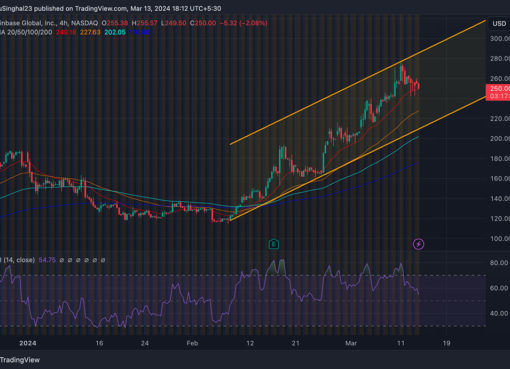Coinspeaker
Ethereum Revenue Drops 99% in Six Months, What’s Next for ETH?
Ethereum (ETH) revenues have dropped significantly in 2024. After peaking at $36 million in daily revenue in March, it recently recorded a low of $199K. According to Token Terminal, the revenues have plunged by 99% in the past six months.
Photo: Token Terminal
Ethereum Blobs Impact Revenues
The accelerated revenue drop has been majorly linked to blobs. Blobs are a scaling and efficiency update implemented in March. It allowed L2s to process transactions cheaply without relying on the base layer’s relatively expensive DA (data availability) for storage.
According to Artemis, Ethereum monthly revenues hit $542 million in March, while blob fees raked in $1.2 million in their first month of debut. In subsequent months, the revenues took a hit, dropping below $100 million in May and remaining below the level to date.

Photo: Artemis
Most analysts have cited massive migration of apps from the base layer to L2s for cost benefits post-blobs. This impacted revenues as base user fees paid using Ethereum gas for transactions declined.
Besides, per the Ethereum fee structure, the higher gas usage also led to a high burnt rate for ETH tokens and kept the altcoin deflationary. After blobs, the burn rate declined, flipping ETH into inflationary and could potentially weigh on the altcoin’s price.
Despite the significant cost reduction for users, some market watchers and researchers have called for tweaking blob fees to help burn more ETH and make it deflationary. One of the Abstract Chain contributors suggested hiking blob fees to rebalance ETH’s relationship to L2s.
“L2s receive the benefits of Ethereum security without contributing much value back to ETH,” he said.
However, Ethereum community member Ryan Berckmans viewed the proposal as a hasty idea. Instead, Berckmans called for more time amid potential growth in demand from L2. Regarding ETH’s declining revenue, he stated that the fees aren’t the goal for the chain.
“Ethereum doesn’t “aim” to collect fees. Fees are not a goal; they’re a byproduct,” he wrote.
Despite the ‘worrying’ revenue, L2s have recorded massive growth, hitting a record high in transaction count and stablecoins, according to data from Growthepie.

Photo: Growthepie
This network growth could partly explain why others like Berckmans might be confident that a likely L2 demand surge could be a game changer for blob fees and ETH inflation status.
However, whether the Ethereum community members will adopt the proposal to hike blob fees remains to be seen.
Meanwhile, ETH’s value was back above $2.5k at press time after rallying 4% on Monday.
Ethereum Revenue Drops 99% in Six Months, What’s Next for ETH?




